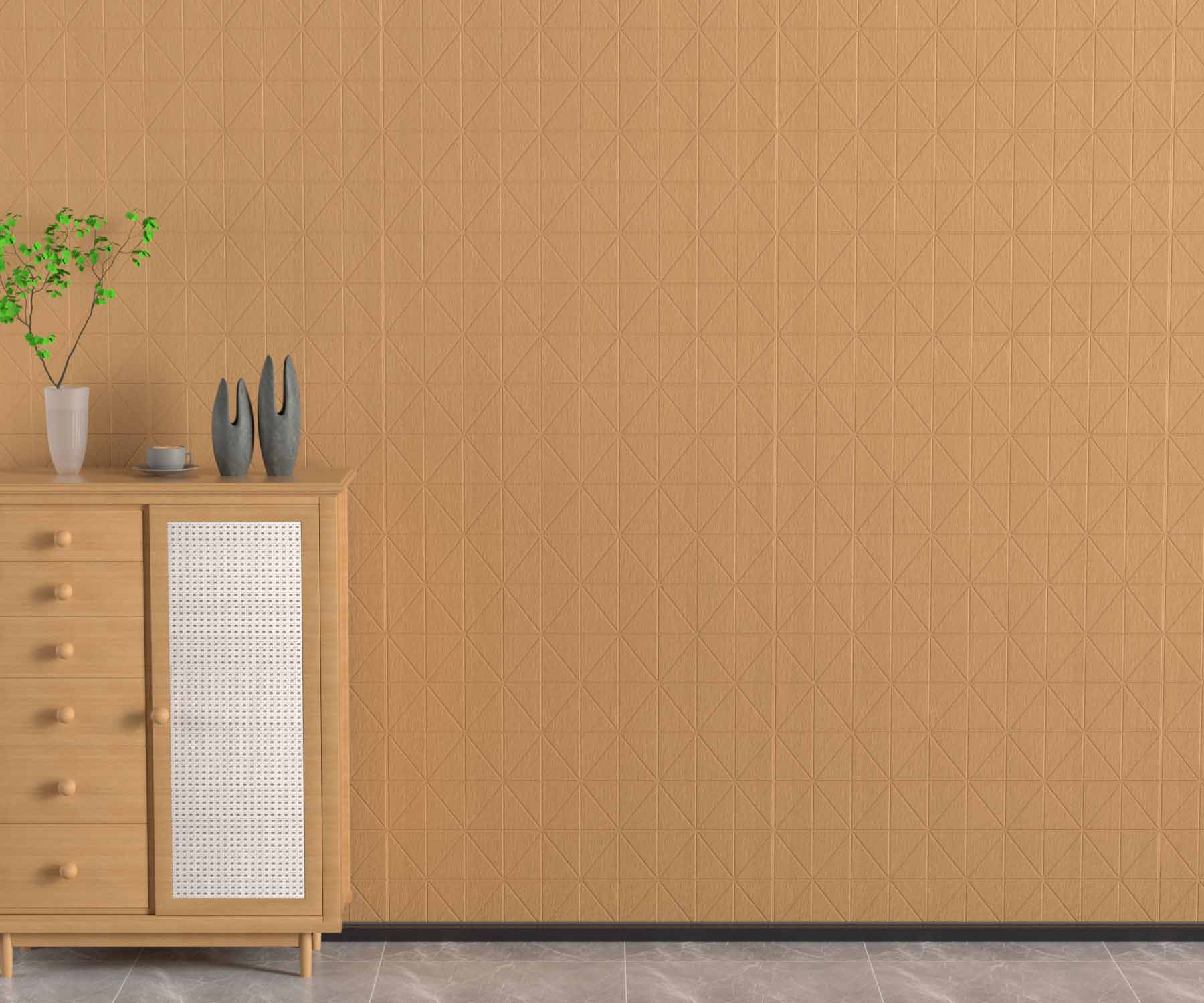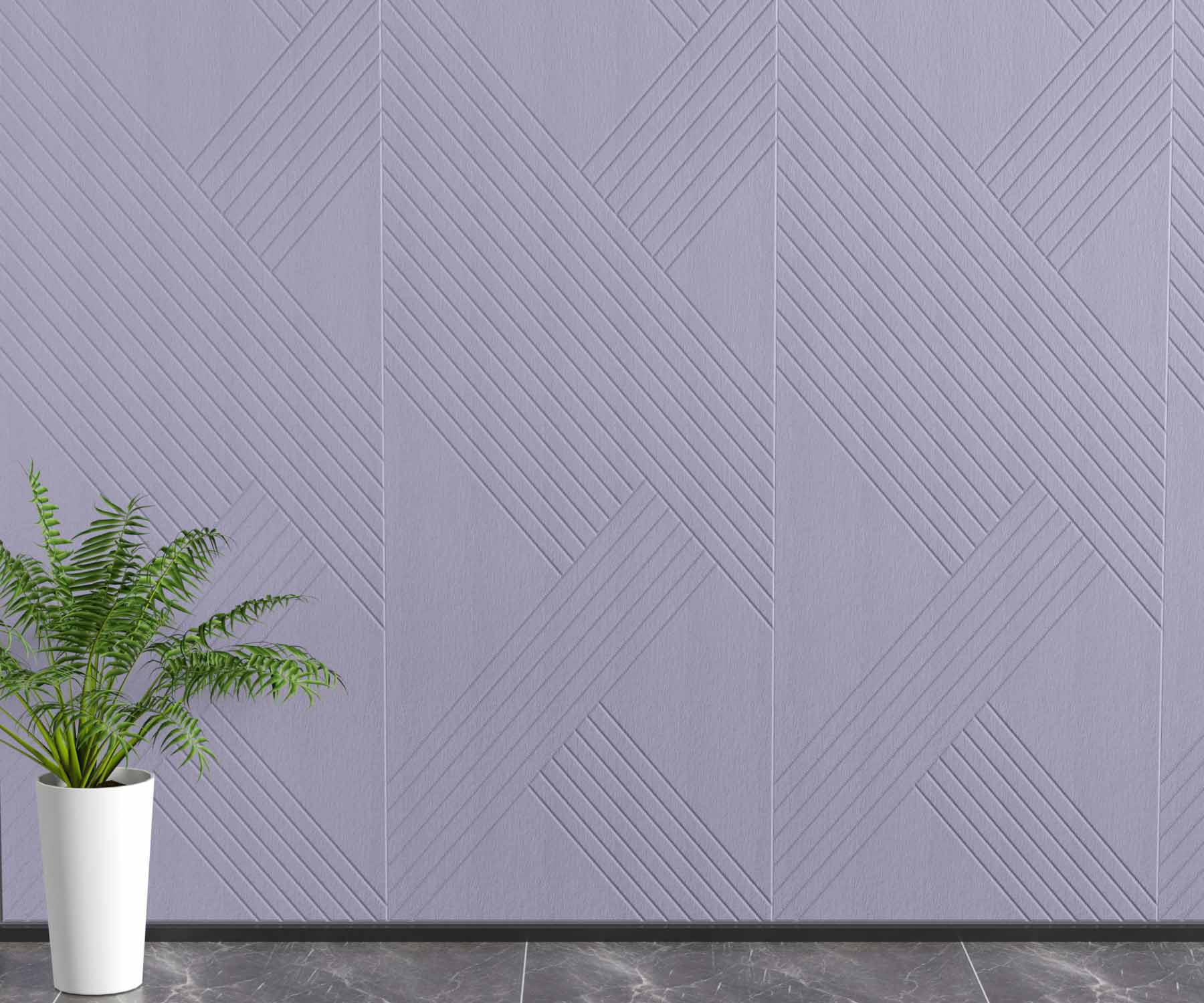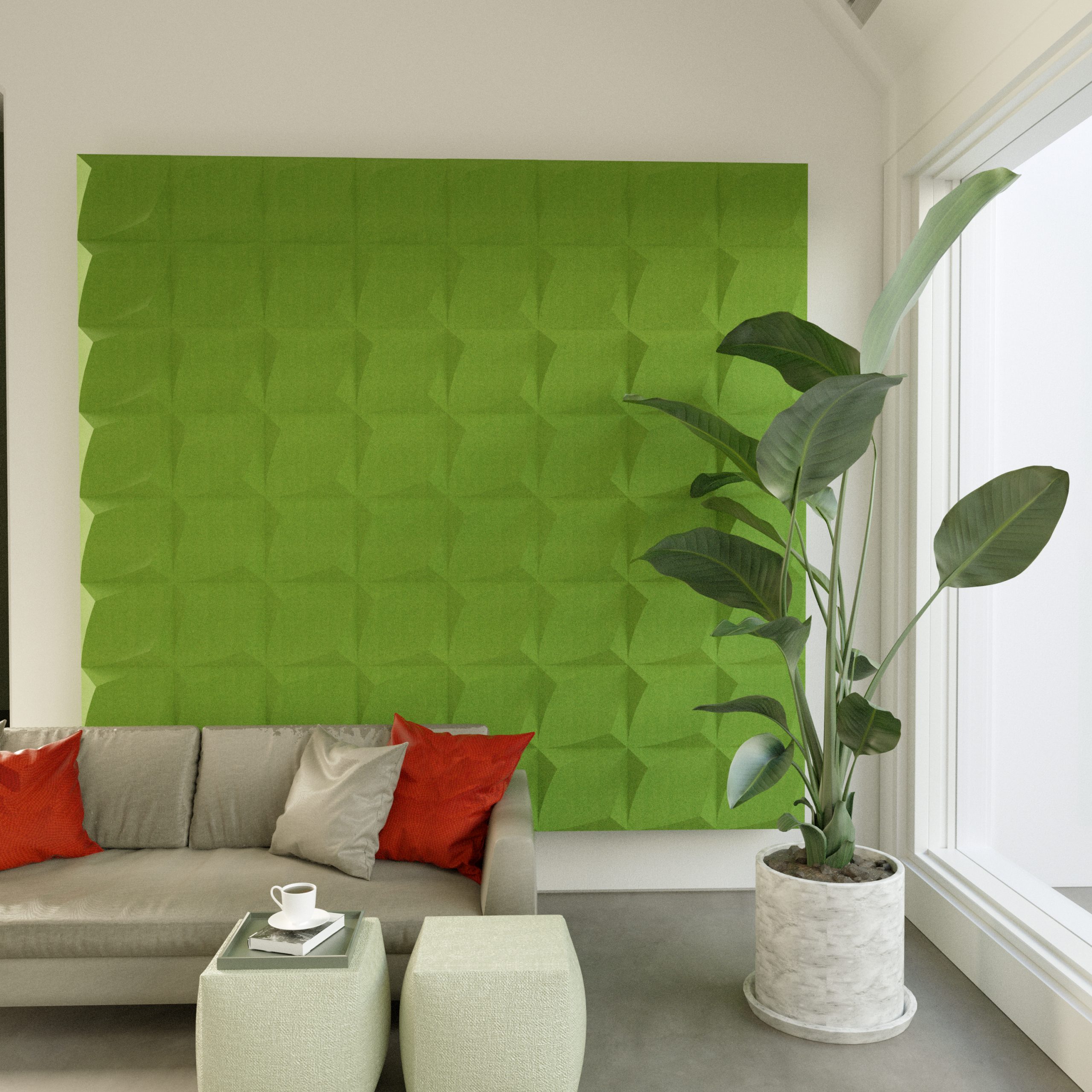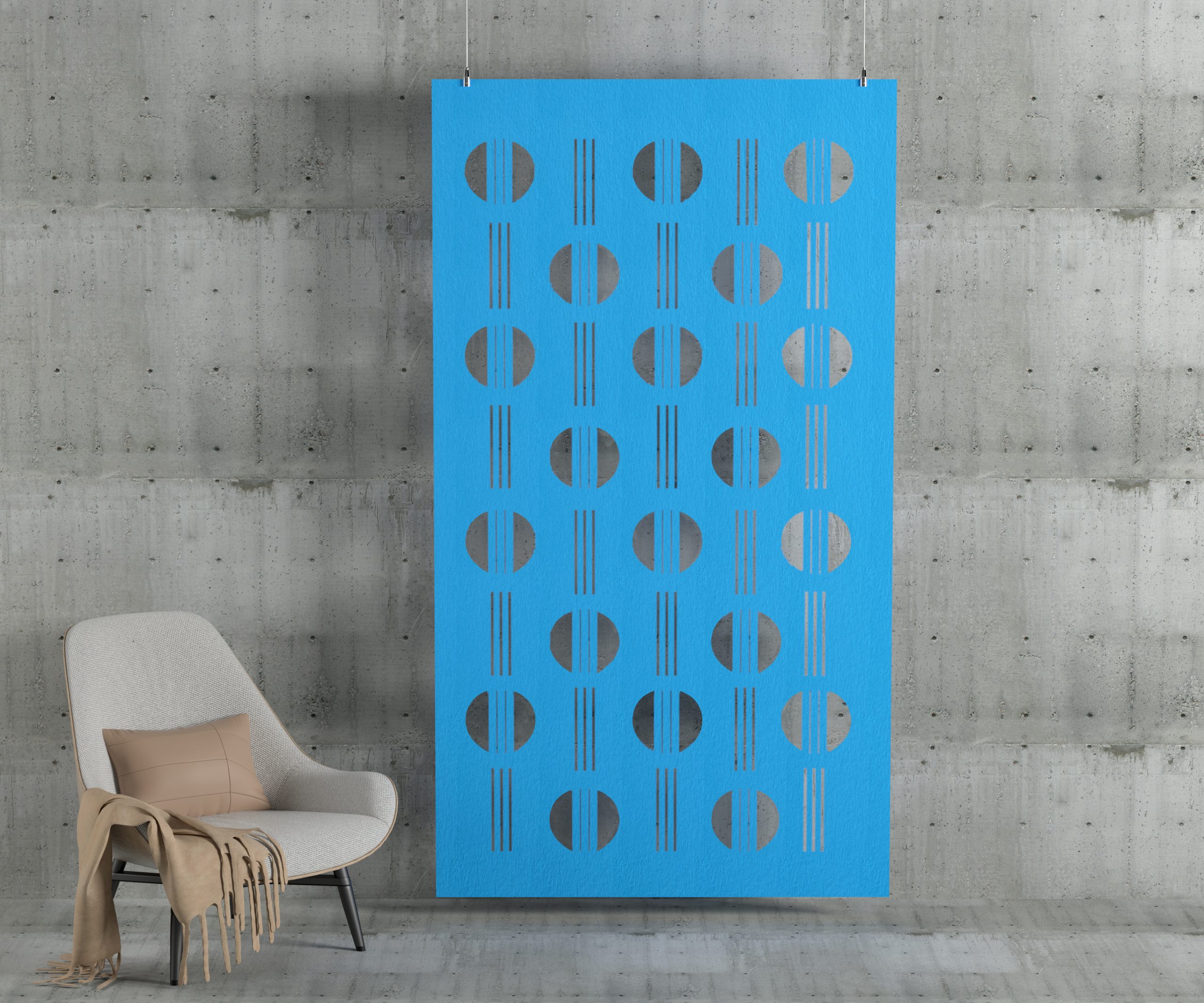
Installing acoustic panels is one of the most effective ways to improve sound quality in any space — whether it’s an office, home studio, or restaurant. However, even the best acoustic panels can underperform if installed incorrectly. To help you get the most from your investment, let’s look at the most common mistakes people make when installing acoustic panels, and how to fix them for optimal results.
1. Ignoring Room Acoustics Before Installation
Mistake:
Many people assume that adding panels anywhere will automatically fix sound issues. But every room has unique acoustic characteristics — size, shape, furniture, and materials all affect how sound behaves.
How to Fix It:
Before installation, analyze the space. Identify areas where echoes or noise reflections are most noticeable — usually the walls opposite speakers or large glass surfaces. Use PET acoustic panels strategically to target these “reflection points” for better sound balance.

2. Installing Panels Unevenly or Without Alignment
Mistake:
Uneven panel placement not only looks unprofessional but can also lead to inconsistent sound absorption across the room.
How to Fix It:
Always measure and mark before applying panels. Use a level and measuring tape to maintain symmetry and consistent spacing. For professional results, dry-fit your layout first before attaching the panels permanently.

3. Using the Wrong Adhesive or Mounting Method
Mistake:
Using unsuitable glue or weak adhesive tape can cause panels to fall off or damage the wall surface.
How to Fix It:
For reliable bonding, use construction-grade adhesive or double-sided mounting tape designed for acoustic materials. On ceilings or textured walls, consider mechanical fasteners for extra support. When using Leedings polyester acoustic panels, always follow the recommended installation instructions for best results.
4. Covering Too Little Surface Area
Mistake:
Installing just a few panels and expecting dramatic results is a common error. Sound reflections come from multiple surfaces, so partial coverage may leave noticeable echo spots.
How to Fix It:
For effective noise reduction, cover 20–30% of the total wall or ceiling area in small rooms and up to 50% in larger or noisier environments. Focus on first reflection points and parallel walls to maximize acoustic performance.

5. Neglecting Aesthetics and Design Integration
Mistake:
Acoustic treatment is often seen as purely functional, leading to mismatched colors or poor layout design.
How to Fix It:
Leedings PET acoustic panels come in a wide range of colors, textures, and customizable shapes, allowing you to enhance both sound and interior style. Mix colors or arrange panels in geometric patterns for a design-forward acoustic solution.
6. Forgetting About Maintenance
Mistake:
Even durable panels can collect dust over time, reducing their acoustic efficiency and appearance.
How to Fix It:
Regularly clean panels with a soft dry cloth or vacuum to maintain both cleanliness and performance. Avoid harsh chemicals that could damage polyester fibers or surface finishes.

7. Not Considering Fire Safety and Environmental Standards
Mistake:
Some installers overlook fire ratings or material safety certifications — a critical oversight in public and commercial spaces.
How to Fix It:
Choose flame-retardant PET acoustic panels from certified manufacturers like Leedings, which meet international safety and environmental standards. These panels are formaldehyde-free, odorless, and made from recycled polyester fibers, ensuring a safe and sustainable installation.

Conclusion
Installing acoustic panels the right way makes a huge difference in both performance and appearance. By avoiding these common mistakes — and choosing high-quality, eco-friendly panels from Leedings, a trusted acoustic panel manufacturer — you’ll achieve a space that’s not only quiet and comfortable but also visually appealing and safe.
Transform your environment with Leedings PET Acoustic Panels — where innovation meets acoustic excellence.

